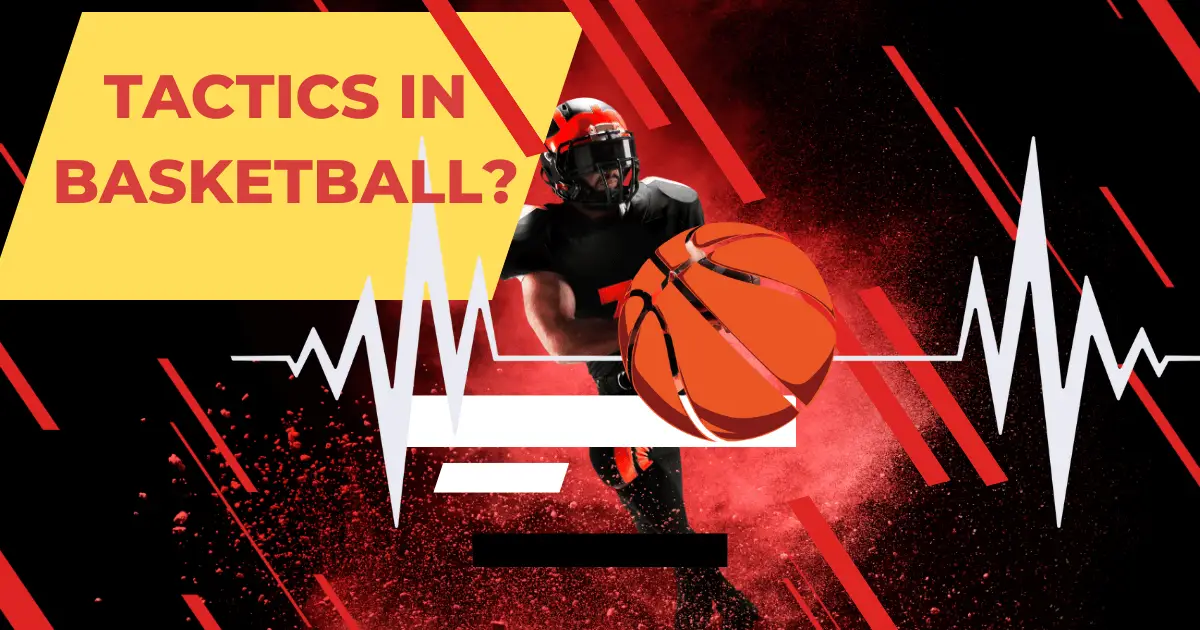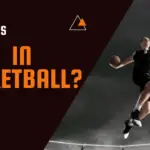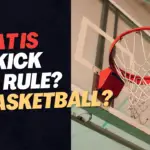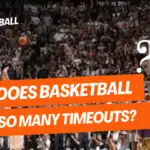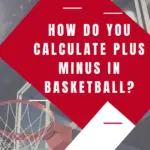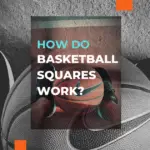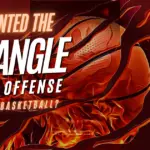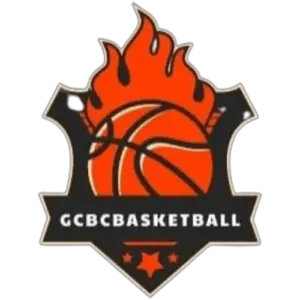Basketball is a strategic sport that requires players to have quick and effective skills on the court. It is also a game of tactics, where teams must consider and implement specific strategies for success. Tactics in basketball involve creating an offensive or defensive plan to gain an advantage over your opponent. These tactics can involve various approaches, such as creating open shots, utilizing pick-and-rolls, setting up screens, etc.
Offensive Tactics:
Fast Break:
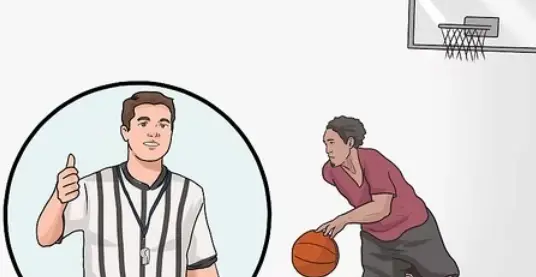
Fast break refers to a team’s ability to quickly transition from defense to offense after gaining possession of the ball. The goal of a fast break is to take advantage of the opportunity and score before the other team can set up their defense.
Players must first look for open lanes on the court to give them access to the basket without facing heavy opposition. It is also important for players to recognize when it is best not to attempt a fast-break play, as turnovers can lead to easy points for opposing teams if they can counterattack quickly enough.
Pick and Roll:
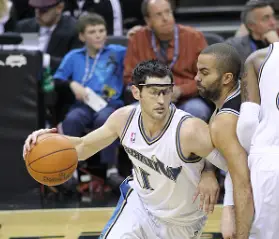
Pick and roll is a tactic often seen in basketball as two players work together for a scoring opportunity. The first player, usually a guard or forward, sets up on one side of the court near the basket while their teammate stands on the other.
As soon as they gain control of the ball, they pass it to each other at different angles toward the basket so that one player can break through for an easy layup. It’s an effective tactic because it creates open shots while confusing defenders who don’t know which player has possession of the ball.
Give and Go:

The give-and-go is another integral offensive tactic in team sports. It’s a move used by professional and amateur athletes across multiple disciplines to create scoring opportunities. The strategy involves two players working together, with one player passing the ball to another before quickly moving into space for a return pass.
This tactic works by confusing defenders and creating gaps in the defense that can be exploited. The player receiving the initial pass has a few options available; they can put up a shot, pass it back to their teammate who is now in open space or look for another teammate who may have an even better scoring opportunity within reach.
Triangle Offense:
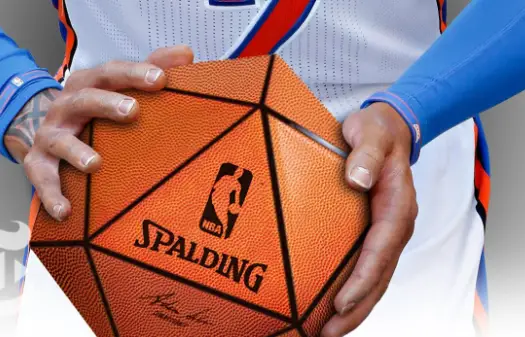
The triangle offense utilizes a three-man game that involves passing, cutting, and ball movement to create open shots for players while also allowing them to maintain control of the ball.
This offense requires great team chemistry, communication among its players, and an understanding each player’s strengths and weaknesses. While some teams still use this strategy today, its popularity has declined over the years due to changes in the rules of basketball.
Isolation Offense:
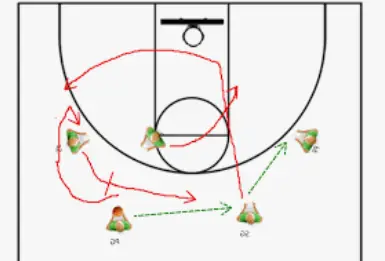
An isolation offense involves isolating a single player and allowing them to work one-on-one against their defender. In contrast, the other four players set screens or spot-up around the perimeter or in the lane.
This allows the isolated player to attack off the dribble or use post moves, depending on their strengths as an individual player. The goal is for that player to create space and score by shooting themselves or passing out for an open shot from another teammate.
Princeton Offense:
The Princeton Offense requires communication among all five players on the court and precise execution of the various sets and cuts that are part of its structure. Making it effective requires trust between teammates and a strong understanding of how each player should move within certain areas of the court.
Many college and professional teams have adopted this offense to benefit from its disruptive nature and take advantage of mismatches created by opposing defenses.
Shuffle Offense:
Former North Carolina State coach Everett Case in the 1950s first popularized the shuffle offense. It is an approach that blends individual movement and ball reversal with quick passing and cutting from one side of the court to another. Teams using this system can quickly move into open gaps on the court and create easy scoring opportunities for their players.
Shuffle offense relies heavily on guard play to move the ball upcourt efficiently while working together as a cohesive unit.
Flex Offense:
The Flex Offense relies on constant motion and ball movement, which can be difficult for opponents to keep up with and contain. The flex offense maximizes spacing, giving players more room to operate and create high-percentage shots.
The Flex Offense is designed to create mismatches by exploiting mismatched defenders. It involves a lot of cutting and shifting around the court while maintaining good spacing between players. Moving the ball around forces defenders to rotate quickly or become exposed due to their lack of agility or size mismatch with their assignment.
Posting Up:
To post up effectively, you must have good footwork, strong ball-handling skills, and an understanding of using your body against defenders. Players should practice positioning themselves in different parts of the court with their back or side facing the defender to establish better control of the ball and give themselves more time before taking their shot.
Posting-up also requires players to anticipate defensive angles while scanning around them for potential passing options as they wait for openings near the basket.
Defensive Tactics:
Man-on-Man Defense:
Man-on-man defense is one of sports’ most widely used defensive tactics. It requires each player to be responsible for guarding a specific opponent at all times, allowing for more focused and effective coverage. Man-on-man defense can be intimidating for opposing teams, as it puts more pressure on their offense to find weaknesses or gaps in the other team’s strategy.
Zone Defense:
The key to effective zone defense is communication between players. Each player must know their responsibilities within the defense, such as which areas they are responsible for covering and who they should be helping out when needed. Additionally, it’s important for all defenders to stay connected on the court so that if one player gets beat, another defender will help out and prevent an easy basket.
Combination Defense:
Combination Defense requires players to know their roles and how they fit into the bigger picture. Players must trust each other and understand that the defensive unit works as one cohesive unit rather than individual players. When all members of the defense work together, it creates an environment where defensive lapses are kept to a minimum, allowing teams to come away with wins more often than not.
Positions in Basketball:
Positions in basketball have a major impact on the flow of the game and the effectiveness of a team’s offense and defense. Knowing which position best suits each player can help teams succeed.
Center Position
The center is often considered one of the most important positions on any basketball court. Centers are typically tall players responsible for protecting their team’s basket and dominating on both ends of the court.
Power Forward
Power forwards are tall, strong, and athletic players capable of scoring in the paint or beyond the three-point arc.
Small Forward
Small forwards possess agility and quickness, effectively defending multiple positions.
Shooting Guard
Shooting guards are typically good shooters who can score from all areas on the court.
Point Guard
Point guards lead their team’s offense by setting up plays and ensuring everyone gets involved.
What Is The Best Offensive Tactic In Basketball?
If the opposing team has a tight defense, a fast-break offense may be more effective than traditional set plays. On the other hand, if the opposition has poor defensive skills or lacks depth on its bench, then executing well-designed set plays could be advantageous.
What Is The Best Defensive Tactic In Basketball?
One of the most effective defensive strategies is man-to-man, which requires each player on the court to guard their assigned player for the duration of the possession. Doing this prevents opponents from getting open shots or easy passes and forces them into tough situations where mistakes are more likely to occur.

Conclusion:
Tactics in basketball can give a team an edge over the competition. Whether you are a coach trying to develop an effective game strategy, or an individual player practicing drills, the ability to strategize is invaluable.
Knowing how to read and react to various game situations will help players understand how best to get the ball into scoring positions. With practice, teams and players can learn to anticipate each other’s moves and develop winning strategies for success on the court.

Clyde Jackson III is a basketball coach and the founder of GCBC Basketball, a basketball-related learning and informational website that focuses on helping young players develop their skills on and off the court. With over 15 years of coaching experience, Clyde has worked with players of all ages and skill levels, from beginners to professionals.

